Crafting a singular, original Onigawara in the world demands a fusion of tradition and innovation, resulting in a masterpiece that transcends time. The intricate designs and meticulous craftsmanship of this iconic architectural ornament symbolize Japan’s rich cultural heritage and artistic prowess. It stands as a beacon of creativity, inspiring awe and admiration from all corners of the globe. The journey to create this unparalleled piece is not just about artistry; it is a testament to the enduring legacy of Onigawara and the boundless possibilities of cultural preservation.
Good To Know
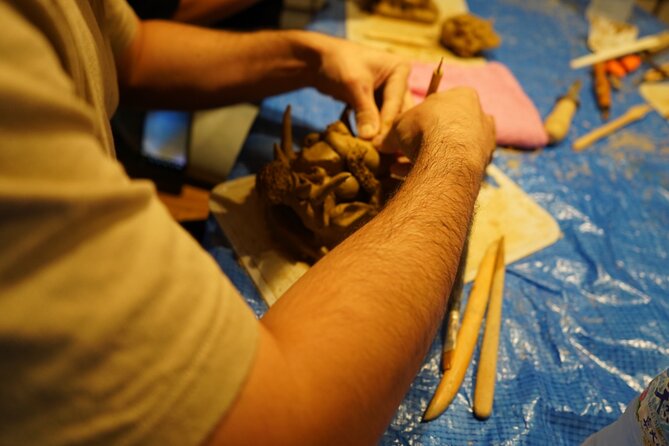
- Incorporate traditional Japanese artistry and craftsmanship.
- Infuse unique design inspired by folklore or nature.
- Utilize meticulous techniques like carving and glazing.
- Ensure durability against weather elements.
- Symbolize cultural heritage and protection.
Here's some other great tours and experiences nearby we think you'll like.
The Ancient Tradition of Onigawara
The ancient tradition of Onigawara, characterized by its intricate and symbolic ceramic roof ornaments, has captivated generations with its rich history and cultural significance.
Originating in Japan during the Nara period (710-794 AD), Onigawara, or ogre tiles, were initially believed to ward off evil spirits from buildings. These ornaments, often depicting fearsome creatures like demons or dragons, not only served a functional purpose in protecting structures but also carried deep symbolic meanings tied to Japanese folklore and beliefs.
Over time, Onigawara evolved from mere protective elements to intricate pieces of art that adorned temples, shrines, and buildings, showcasing the craftsmanship and creativity of artisans.
Today, the tradition of Onigawara continues to be celebrated for its beauty, craftsmanship, and historical importance.
Significance of Onigawara in Architecture
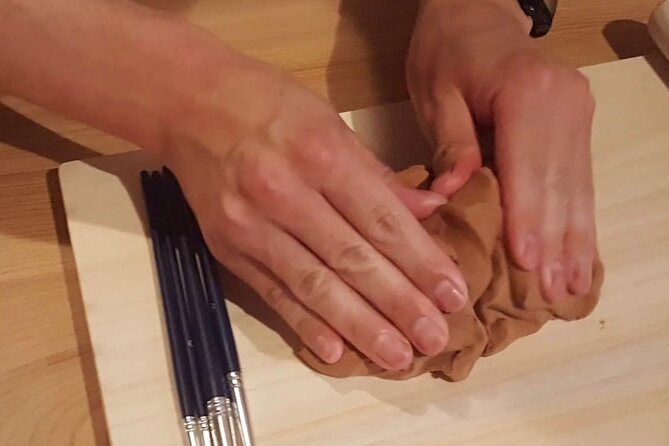
Adding a touch of mystique and cultural depth to architectural designs, Onigawara serves as more than just a decorative element on rooftops. Originating from Japan, these ornamental roof tiles not only provide protection from the elements but also hold significant symbolic meaning. In traditional Japanese architecture, Onigawara is believed to ward off evil spirits and bring good luck to the building and its inhabitants.
The intricate designs carved into these clay tiles often depict mythical creatures like demons or animals, adding a unique flair to the overall aesthetic of the structure. Beyond their practical function, Onigawara plays a crucial role in preserving Japan’s architectural heritage and showcasing the country’s rich cultural traditions to the world.
Crafting the Unique Onigawara Design
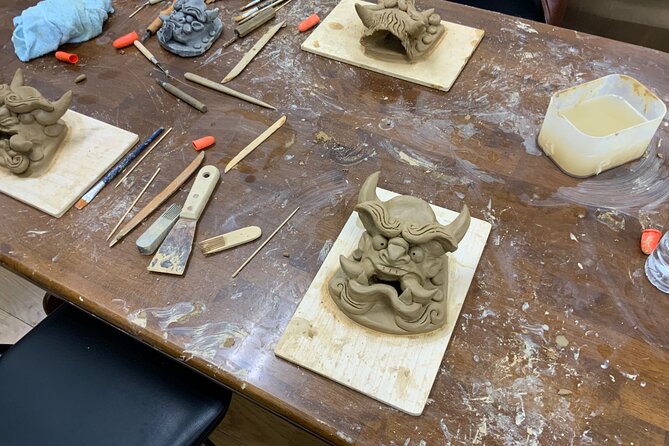
Crafting a one-of-a-kind Onigawara design requires meticulous attention to detail and a deep understanding of traditional Japanese artistry. Each Onigawara is a unique piece of art that reflects the craftsmanship and cultural heritage of Japan.
To create a distinctive design, artisans carefully sculpt the clay or stone to form intricate shapes and patterns that symbolize various themes like protection, luck, or mythical creatures. The process involves precise carving techniques, shaping the material with precision, and adding intricate details that make each Onigawara truly special.
Artisans often draw inspiration from nature, folklore, or historical motifs, infusing their creations with meaning and symbolism. Crafting the unique Onigawara design is a labor of love that honors tradition while showcasing the artist’s creativity and skill.
Materials and Techniques Used

To bring the intricate designs of Onigawara to life, skilled artisans employ a combination of traditional materials and specialized techniques that have been passed down through generations.
These artisans typically use clay or ceramic to mold the unique shapes of Onigawara, allowing for intricate details and durability. The process involves handcrafting each piece with precision, ensuring that the final product meets the high standards expected of this traditional art form.
Techniques such as carving, glazing, and firing are meticulously executed to achieve the desired aesthetic and structural integrity.
The materials used in creating Onigawara are selected for their ability to withstand weather elements while retaining their beauty over time, making each piece a testament to the craftsmanship and artistry of the artisans involved.
The Symbolism Behind Onigawara
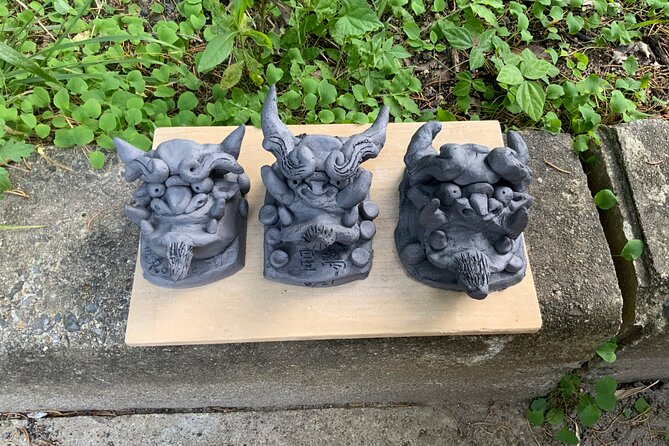
Symbolism infuses every aspect of Onigawara, enriching its significance and adding layers of meaning to this traditional architectural feature. Onigawara, the demon or ogre-faced roof tiles, play a vital role in Japanese architecture, believed to ward off evil spirits and protect the building and its inhabitants.
The fierce expressions carved into these tiles are meant to intimidate malevolent forces, ensuring the safety and prosperity of the structure. Plus, the choice of demons reflects the belief in the supernatural and the spiritual world, aligning with Japanese folklore and traditions.
Each Onigawara carries a unique story and purpose, making it not just a decorative element but a symbol of cultural heritage and protection, deeply rooted in Japanese beliefs and history.
Preservation Efforts for Onigawara
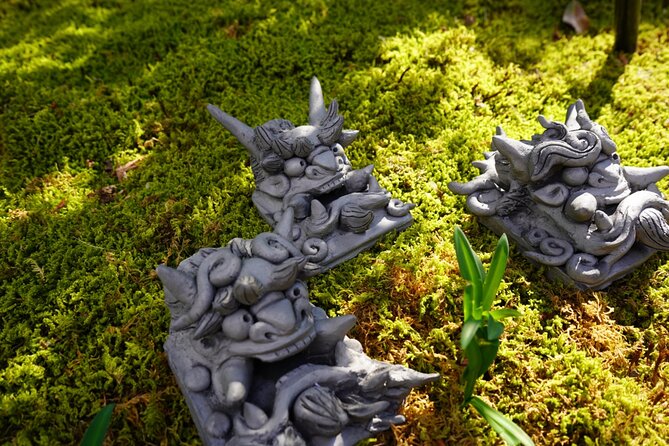
Efforts to preserve the cultural significance of Onigawara have gained momentum in recent years, reflecting a deep commitment to safeguarding Japan’s rich architectural heritage.
Various initiatives, such as restoration projects, educational programs, and community engagement, aim to ensure the longevity of these iconic roof tiles. Preservationists work tirelessly to maintain the intricate craftsmanship and historical value of Onigawara, recognizing their importance in Japanese architecture.
Onigawara: A Cultural Heritage
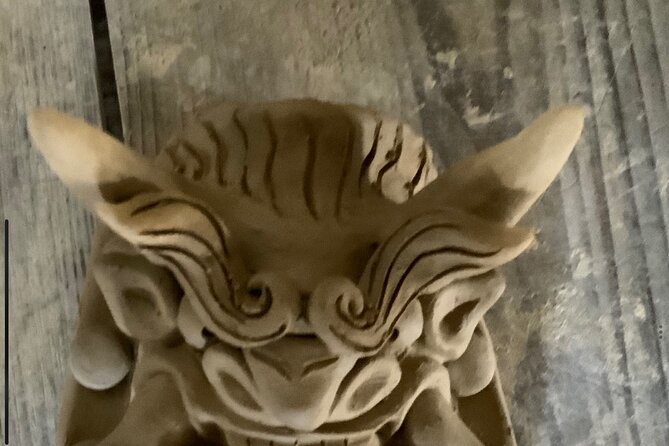
Preservation efforts for Onigawara have underscored its role as a cultural heritage deeply intertwined with Japan’s architectural legacy. The significance of Onigawara lies not only in its decorative function but also in its representation of traditional Japanese craftsmanship and symbolism.
Here are some key aspects highlighting the cultural importance of Onigawara:
-
Symbolism: Onigawara’s portrayal of mythical creatures like demons and beasts reflects Japan’s rich folklore and spiritual beliefs.
-
Craftsmanship: The intricate designs and meticulous detailing of Onigawara showcase the skill and dedication of artisans who’ve passed down this tradition through generations.
-
Architectural Integration: Onigawara’s seamless integration into the roofs of temples, shrines, and castles demonstrates its integral role in Japanese architecture.
-
Cultural Continuity: By preserving Onigawara, Japan ensures the continuity of its cultural heritage for future generations.
The Future of Onigawara Art
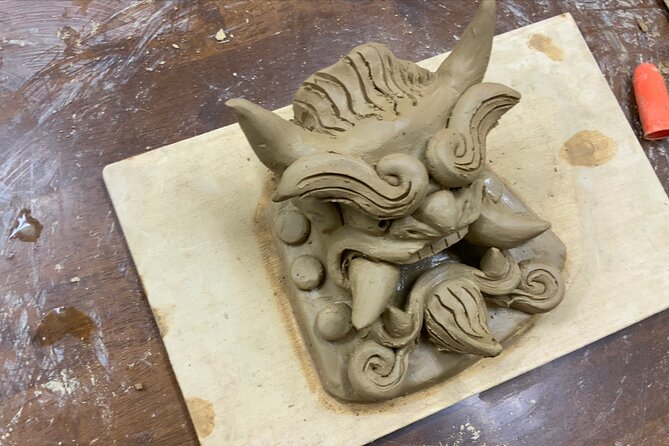
The evolution of Onigawara art promises a dynamic fusion of tradition and innovation, paving the way for its continued relevance in modern architectural landscapes. As artists explore new techniques and materials, the future of Onigawara art appears vibrant and full of exciting possibilities.
Innovations in design and application methods showcase a blend of historical significance with contemporary artistic expressions, captivating both traditional enthusiasts and modern architects alike. The incorporation of sustainable practices and digital technologies further propels Onigawara art into the future, ensuring its enduring presence in architectural masterpieces worldwide.
With a rich cultural heritage as its foundation, Onigawara art is poised to captivate future generations with its timeless charm and artistic allure.
Frequently Asked Questions
How Long Does It Take to Craft a Single Onigawara?
Crafting a single onigawara typically takes a skilled artisan several weeks to complete. The intricate process involves shaping, firing, and glazing the clay tile meticulously. Each step is done with precision and care to ensure the creation’s quality.
Are There Any Specific Rules for Designing an Onigawara?
When designing an onigawara, artisans often follow traditional rules. Key considerations include size, shape, and symbolic meanings. Crafting a unique piece requires skill and creativity while honoring the historical significance of these iconic architectural elements.
Can Onigawara Be Customized for Individual Buildings?
Yes, onigawara can be customized for individual buildings. They offer a unique opportunity to add a personal touch to architecture. From traditional designs to modern twists, onigawara can be tailored to suit the style of any structure.
What Is the Significance of the Onigawara Placement on a Roof?
Onigawara placement on a roof is significant as it serves both functional and symbolic purposes. Traditionally placed at the ends of roofs, these decorative tiles ward off evil spirits and protect the building from harm.
Are There Any Modern Adaptations of Onigawara in Architecture?
Modern adaptations of onigawara in architecture blend traditional charm with contemporary design. Architects creatively integrate these decorative roof tiles into structures, infusing a touch of Japanese heritage. The fusion showcases a harmonious balance between past and present aesthetics.
The Sum Up
To sum it up, the creation of a singular, original Onigawara in the world is a testament to the beauty and artistry of Japanese culture.
This unique piece serves as a symbol of tradition and innovation, showcasing the craftsmanship and creativity of its creator.
With its intricate designs and cultural significance, the Onigawara stands as a timeless masterpiece that will continue to inspire and captivate generations to come.
